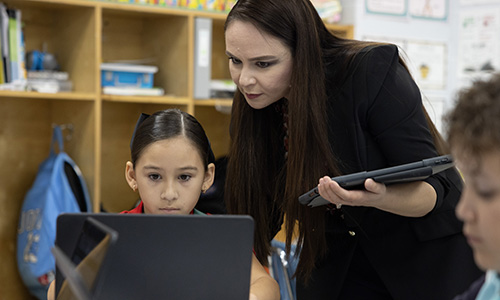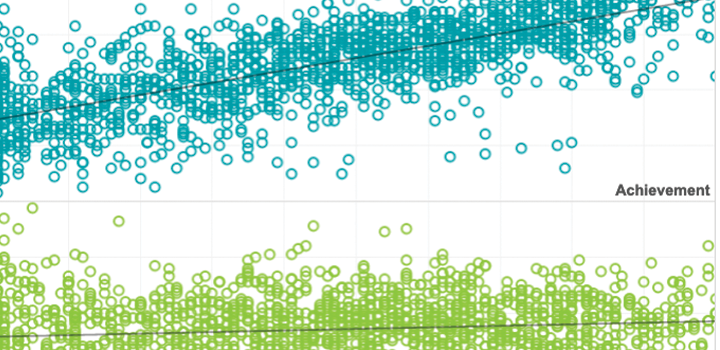White paper
Proportional relationships decluttered—at last!
2020

Description
Math experts detail an elegant new approach to teaching this conceptual cornerstone of advanced mathematics.
Read the white paperTopics: Math & STEM, Academic content
Related Topics


Spanish MAP Reading Fluency content guide
This document presents the test design and specifications for Spanish MAP Reading Fluency.
By: Sara Velazquez, John Newburn, Fang Peng, Carmen Hall, Kayla McLaughlin, Teresa Krastel
Products: MAP Reading Fluency, MAP Spanish
Topics: Test design, Academic content, Assessments in Spanish


Integrating Literacy and Science: A Powerful Partnership for Student Success
This research brief explores the connection between science and literacy instruction documenting the benefits of integrated science and literacy instruction at the elementary level, and highlighting the benefits of integrating instruction while providing research-based guidance on how to effectively do this.
Topics: Growth, Equity, Informing instruction, Math & STEM


Practitioner’s Guide to Integrating Literacy and Science
This is the accompanying guide to the research brief, Integrating Literacy and Science: A Powerful Partnership for Student Success, which describes four key components of effective integration of literacy and science instruction at the elementary level. In this practitioner’s guide, we provide sample lessons to demonstrate each of these components in action in an elementary classroom.
Products: MAP Growth
Topics: Equity, Growth, Informing instruction, Math & STEM


Pathways of mathematics achievement in preschool: Examining executive function and task orientation
This study used longitudinal data from a sample of 467 preschoolers to examine (1) if children’s executive function (EF) skills at the beginning of pre-K predict growth in their mathematics achievement across the pre-K year, (2) whether growth in learning behaviors, specifically task orientation, mediate the associations between EF and mathematics achievement, and (3) if there are sex differences in these associations.
By: Tara Hofkens, Jessica Whittaker, Robert Pianta, Virginia Vitiello, Erik Ruzek, Arya Ansari
Topics: Early learning, Math & STEM


This study examines the text quality of math assessment items for students with VI who use screen readers. Using data from about 29.5 million students taking standard versions of the MAP Growth math assessment, and 48,845 students taking accessible versions, we identified high-quality items, those that measured achievement for both students with and without VI equally well, and low-quality items, which showed differences between the two groups of students.
By: Kang Xue, Elizabeth Barker
Topics: Accessibility, Equity, Math & STEM


Looking beyond vision: Supports for students who are blind or visually impaired in mathematics
This review examines research on math achievement in students who are blind or visually impaired, the opportunities that BVIs have to demonstrate their knowledge of mathematics, as well unique challenges they face and ways in which these barriers have (or have not) been addressed.
By: Sonja Steinbach
Topics: Accessibility, Equity, Math & STEM


Using data from the Applied Problems subtest of the Woodcock-Johnson Tests of Achievement administered to 1,364 children from the National Institute of Child Health and Human Development (NICHD) Study of Early Childcare and Youth Development (SECCYD), this study measures children’s mastery of three numeric competencies (counting, concrete representational arithmetic and abstract arithmetic operations) at 54 months of age.
By: Pamela Davis-Kean, Thurston Domina, Megan Kuhfeld, Alexa Ellis, Elizabeth Gershoff
Topics: College & career readiness, Early learning, Math & STEM


